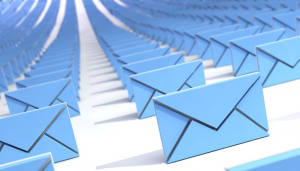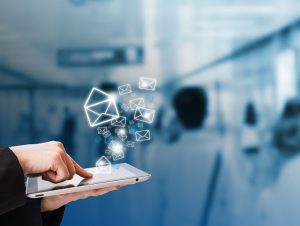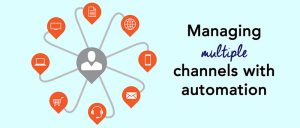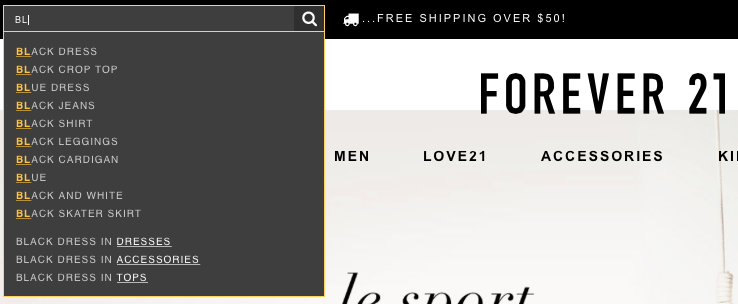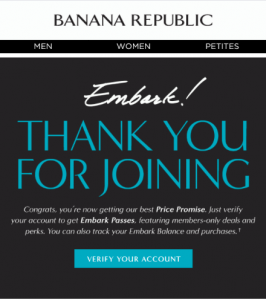3 ways to use personalized emails to get customers to buy more from you
Customer lifetime value (CLV) is a metric closely related to the profitability of a business.
It’s a measurement of customer loyalty and how well you’re catering to their needs so that they buy from you again and again.
Why’s that important?
The cost of acquiring a customer is much higher than that of retaining one. In addition, loyal customers are more likely to tell others about your products and services, thereby increasing your sales through word-of-mouth marketing.
It pays to invest in cultivating customer loyalty, which will help increase the amount they spend on your products or services over time.

Thanks to its cost-effectiveness, personalized email marketing remains one of the best ways to cultivate customer loyalty.
Email marketing has a median ROI of 122%, which is over 4 times higher than other marketing formats. Meanwhile, the average order value from personalized emails is 5% higher and conversion rates are 6% higher, compared to those that aren’t personalized. 
So how do you use email personalization to increase customer lifetime value and encourage recurring purchases?
1. Optimize customer segments by CLV
You can segment your email list by profitability, such as not-profitable (20%), profitable (60%), and very-profitable customers (20%). This way, you can send personalized emails with the most relevant content and offers to increase purchases from each segment.

For example, you can move customers in the “not-profitable” segment into the “profitable” segment with a special offer or cultivate relationships with your “profitable” or “very-profitable” groups so they’d stick around and buy more.
The goal is to move as many customers as possible into the “very profitable” category and increase the average CLV.
2. Reward customers for their loyalty
Offering rewards via personalized emails is a great way to add value to the relationships that customers have with your business and increase their CLV.
A research has shown that customers who make one purchase have a 27% chance of coming back. Meanwhile, second-time customers have a 54% chance of returning for a third purchase.
There are many ways to show your appreciation to your existing customers, by adding special discount codes, offering a free gift with purchase, sending an exclusive invite to an event, or giving them early access to a sale.
3. Upsell and cross-sell relevant products
Customers have very little tolerance for marketing messages that aren’t relevant to them. In a survey conducted by Accenture, 44% of consumers indicated that they’re frustrated when companies fail to deliver relevant, personalized shopping experiences and 41% of consumers have switched brands because of that.
By offering highly personalized product recommendations via email to existing customers based on their preferences and purchase histories, you can upsell and cross-sell items to entice them to buy more from you and increase their CLV.
For example, JustFab leverages interest and behavioral data to encourage repeat purchases through personalized email campaigns. These highly targeted recommendations increased email revenue by 39% and cut customer churn by 46%.
The foundation of effective email personalization
In order to personalize your emails effectively to increase customer lifetime value, you need a comprehensive customer database and the ability to organize the information for your email campaigns.
A robust data management platform (DMP) provides the solid foundation for processing all your customer information in a centralized location so you can extract actionable insights to increase your customer lifetime value.



